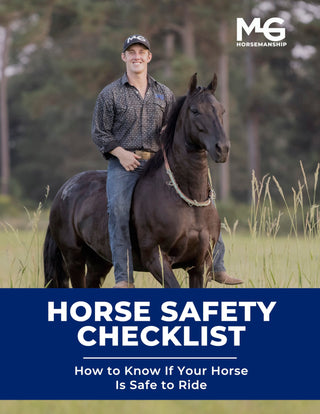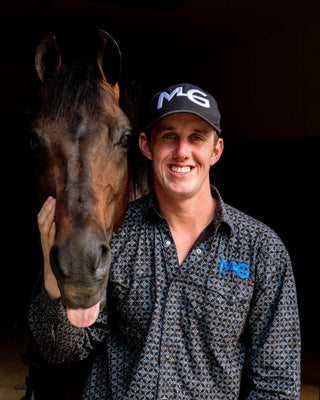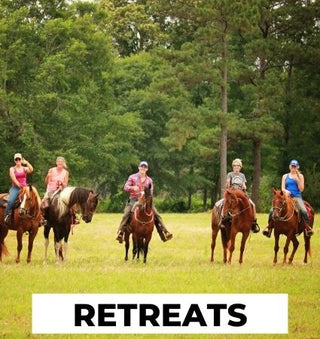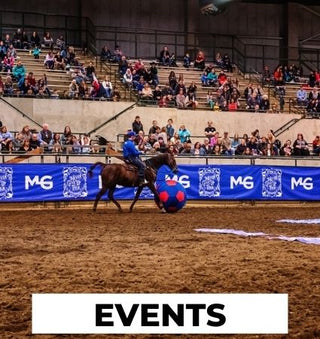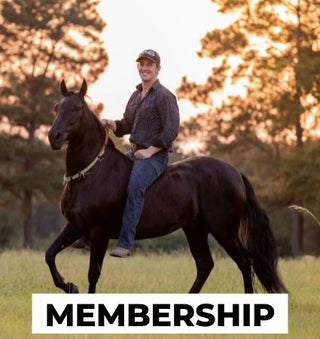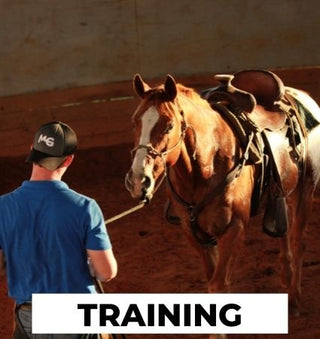Introduction
Welcome to the world of horse training! I'm Michael Gascon, a fifth-generation horse trainer with a decade of experience working with over 500 horses a year. In this blog, I'll share some of the invaluable lessons I've learned while traveling around the globe, working with some of the most problematic horses.
The Power of Simplicity
One of the core principles I've learned is to Keep It Simple, Stupid. My grandpa always emphasized this to me, and it has profoundly impacted my career. Horses are simple creatures, and sometimes, we need to break down our communication to the fundamentals. Often, we are teaching college-level curriculums to horses that need kindergarten lessons.
Respect and Undivided Attention
Respect is the foundation of all successful horse training. If a horse doesn't respect you, they won't pay attention to you. Imagine getting into a car that only functions at 20 miles per hour and above - you'd never accept that. Similarly, we shouldn't accept anything less from our horses. Respect starts with establishing boundaries and controlling territory.
Kindergarten for Horses
Establishing Boundaries
The first step in gaining respect is ensuring the horse understands personal space. Horses are blunt objects; they can only hurt you if they make contact. Therefore, maintaining space and distance is crucial. In the animal kingdom, whoever controls the territory is the leader. By controlling your horse's territory, you establish yourself as the leader, providing them with a sense of security in unfamiliar environments.
Practical Exercise
Start by asking the horse to back up. Stand directly in front of them and make them uncomfortable enough to step back. This simple exercise helps establish your bubble and teaches the horse to respect your space.
Advancing to First Grade
Steering and Undivided Attention
Once the horse respects your space, you can work on their steering and attention. Send the horse off in a small circle around you. If the horse respects you, they will step around you without you needing to move your feet. This exercise helps ensure that the horse respects you enough to follow your guidance.
Controlling Body Parts
Break down the horse's body into three parts: the head, the shoulders, and the hindquarters. By controlling these parts, you control the horse. Start by focusing on the head, ensuring the horse gives you their undivided attention. Then, move on to the shoulders and finally the hindquarters. This step-by-step approach helps you gain complete control over the horse.
The Importance of Leading
Leading is often an overlooked aspect of horsemanship. A well-led horse is attentive and responsive, even in new environments. Practice leading the horse, ensuring they respect your space and pay attention to you at all times.
Conclusion
Training a horse requires patience, respect, and simplicity. By breaking down the training process into fundamental steps and establishing yourself as the leader, you can effectively communicate with your horse. Remember, the key to successful horse training lies in keeping it simple and maintaining respect and undivided attention. Happy training!
Check out more free training resources HERE!


